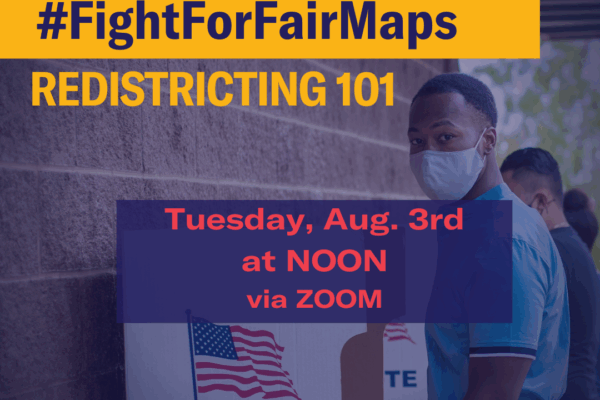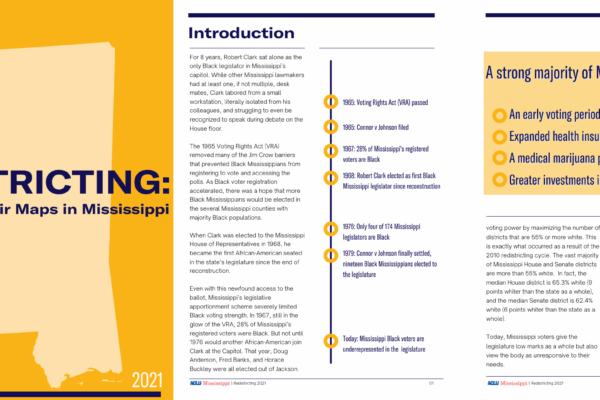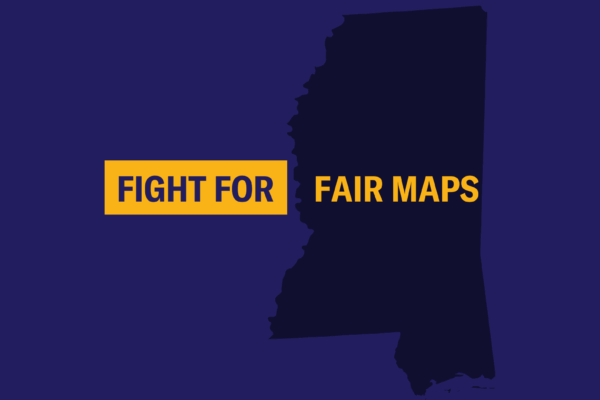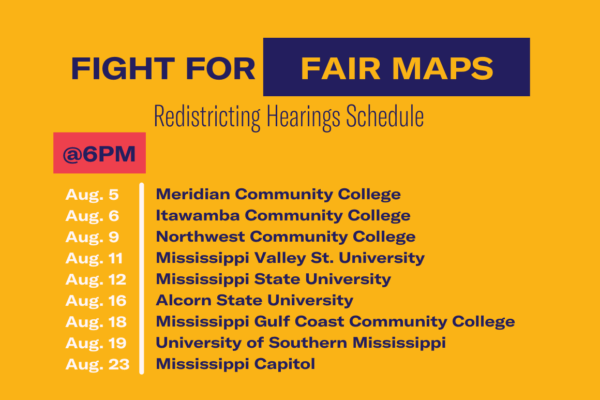Redistricting FAQs
Frequently Asked Questions
Documents
Related Content

Fight for Fair Maps: Redistricting 101 Virtual Training
Join us for a lunchtime training on redistricting and its power. What does an unfair district map look like? How has redistricting been historically used to disenfranchise Black Mississippi voters? What districts should be of priority? Get answers to all of these questions.
Aug 03, 2021 | 12:00 PM



